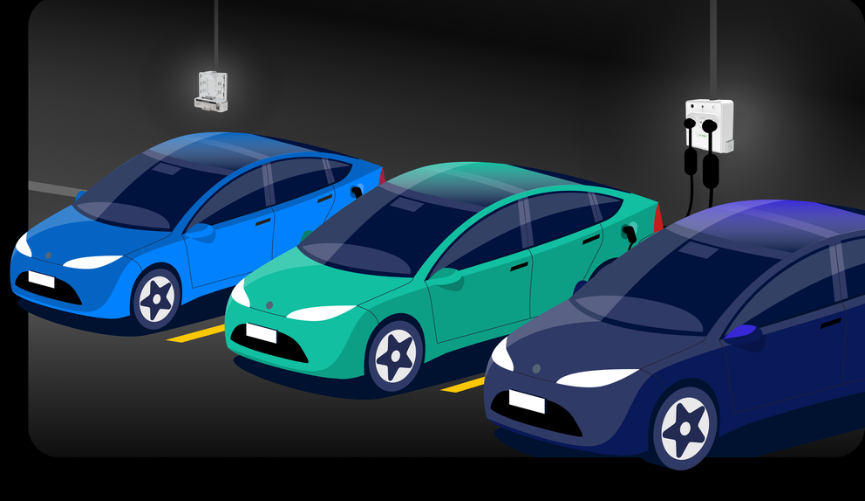
Landlords can promote EV adoption and contribute to reducing carbon emissions by providing tenants with convenient access to charging stations.
Palo Alto, California, October 21, 2024, As electric vehicles (EVs) gain popularity, apartment dwellers face a significant hurdle: the lack of convenient and affordable charging options. While single-family homeowners can easily install home chargers for a relatively low cost, many residents of apartments and condos find themselves without access to this essential infrastructure, limiting their ability to adopt EVs.
In fact, about 80% of EV owners live in single-family homes, highlighting the disparity in charging accessibility. The challenge lies in the costly installation of charging stations in multifamily buildings, compounded by insufficient power supply to support multiple vehicles. This lack of infrastructure not only discourages potential EV buyers but also hinders the broader transition to sustainable transportation.
California is particularly concerned about the EV adoption problem and its impact on achieving the state’s clean energy goals. As such, it created the REACH 2.0 program (Reliable, Equitable, and Accessible Charging for Multi-family Housing 2.0) to bring affordable and accessible EV charging to low-income communities in the state. As a statement of confidence in its ability to address this need, the CEC awarded GoPowerEV $6.2M to address the problem.
Selected from a competitive field of 30 proposals, GoPowerEV’s project was recognized for its potential to significantly advance California’s clean energy goals. This $6.2M grant immediately funds GoPowerEV’s installation of EV charging solutions to approximately 50 communities across California. GoPowerEV’s innovative solution addresses three critical challenges in California: increasing adoption of EVs in low-income communities, reducing the cost and management burden of EV charging for property owners, and reducing the load on the grid in peak times.
“Increasing EV adoption and meeting climate goals relies on making EV charging convenient and affordable in low-income communities,” says John Reister, Founder and Chief Executive Officer of GoPowerEV. “With the CEC’s support, we are ready to scale our operations to more communities, helping the state meet their EV adoption and sustainability goals without driving up costs.”
Amidst increasing capital costs for traditional high powered EV chargers and the lack of capacity in older buildings, GoPowerEV offers a more affordable alternative that is installed without the need for expensive electricity upgrades.
GoPowerEV offers a software-managed solution for EV charging for multifamily properties. This includes a dual smart outlet capable of L1 and L2 charging, load management software that shares the power when the system is oversubscribed and a resident app that incentivizes tenants to charge overnight over longer durations. Altogether, the solution enables tens to hundreds of spaces to deliver EV charging without the need for expensive upgrades.
“We are very excited to work with GoPowerEV on providing EV charging in our communities,” says Aurianna Melson, Asset Manager for the West Hollywood Community Housing Corporation (WHCHC), “Without the CEC grant and the partnership with GoPowerEV we would not have been able to provide EV charging in our communities.” WHCHC is a nonprofit that builds and renovates high-quality apartment buildings that provide housing and services to lower and fixed-income people using environmentally sustainable materials to protect the environment. WHCHC operates 22 buildings in Southern California and is building an additional four.
For more information about GoPowerEV, please visit www.gopowerev.com
Media Contact:
GoPowerEV
Attn: Media Relations
Palo Alto, CA
(833) 467-9738
rachel.corn@gopowerev.com




